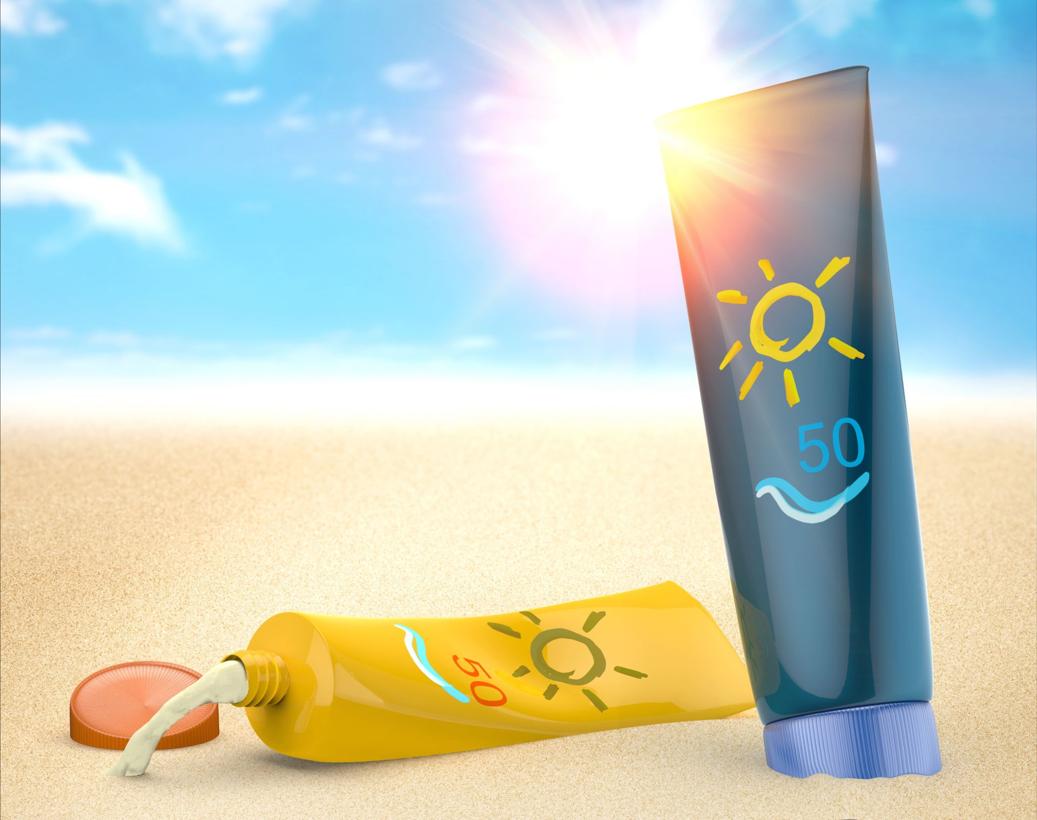Seven little-known facts about sunscreen
The experts who manufacture suncreams debunk some deep-rooted urban myths about these products
María Godoy
Friday, 9 August 2024, 16:35
We have all done this at some point at the start of summer: we head off in search of last year's sunscreen or opt to buy a new one... and then, before we even apply it, the doubts creep in. What if it has lost its effectiveness? It seems that from one year to the next they no longer serve any useful purpose...or do they?
The hard truth is that plenty is said about sun protection products and not all of it is true. Experts from Ximart Laboratories in Spain, a manufacturer of cosmetic products that includes sun creams and supplies the Mercadona supermarket chain, clear up our doubts and let us in on some secrets about this type of product.
The more we plaster on that white stuff the better, right?
When we were children our parents used to slather us with a generous layer of sunscreen before we went out to play in the sun. They would leave our skin so covered that we looked like tiny ghosts ....but that meant we were more protected, right? Wrong. Just because there are visible traces of cream on you does not mean better protection.
"It doesn't mean a thing. If a cream has an SPF 50+, it protects the same whether it is a clear spray, a roll-on or a cream," explains Elena Eguileor, quality director at Ximart. In other words, being plastered in white cream is not better protected.
Supermarket sunscreens are not as good, correct?
All too often we fixate on the idea that the more expensive a product, the better it is. However, in reality, when choosing a sunscreen you can trust its effectiveness, regardless of its price. Whether they are on the shelves of the local supermarket or on a impressive stand in a pharmacy, all such products must pass rigorous quality controls.
Jacinto Cerrada, commercial director of Ximart Labs, specialists in the production of these creams, explains: "A 50+ sun protector from Mercadona is the same as a 50+ one from another brand on sale elsewhere. If we talk about Mercadona, for example, the product reaches millions of people, something that is not possible through other channels. This opens up the possibility of putting products on the market at a budget price," says Cerrada, who adds that, in fact, "we manufacture for all channels. The processes, product validation tests and quality controls are the same for all. In the end, prices depend on the channel and the quantity".
The one essential step when out in the sun
"The recommendation is not to go out in the full sun, protect yourself with sunglasses, a hat, a cover-up top....," state the experts. But the most important thing, without a doubt, is to reapply that suncream frequently while out. "That's where the protection lies," advises Cerrada.
Do we really need protection when indoors?
In recent years research has begun on the damage that different types of radiation can cause to the skin.
"All our lives we have been very focused on UVB and UVA, but we have infrared, visible light, LEDs... and that is now what is being studied," says Eguileor.
This has led some vendors of different creams to claim their products also protect us against these specific radiation emissions. Therefore is it necessary to use such a light protector in enclosed spaces with LED lights? "The damage done is less than that of the sun, but it does cause you harm. The same as the famous blue light emitted by the screens on our devices. And in the long run it is much more visible," explains Eguileor.
Do water-resistant suncreams really exist?
"A sunscreen lasts on the skin for a maximum of two hours," say the lab specialists. Water-resistant ones are more durable in humid environments, but it is important to keep in mind that it is still necessary to reapply sunscreen regularly, especially "after bathing, if there is excessive sweating or after drying off with a towel," says the head of quality.
I have oily skin, so I don't need that much protection, true?
Not true. Protection is still needed.
"Skin that has an oily tendency should not apply 50+ sun protection because it has more sun filters and, consequently, more oil. We would advise an SPF 30, but reapply more often because they are lighter," Eguileor advises.
Can I still use what's left of last year's products?
First things first: if we are looking for last year's creams, we are already in the wrong because we should have been using them throughout winter too. But let's get to the heart of the matter: the protective element in these creams does not last forever. It is guaranteed only for one year. From then on it might be protecting us, but we will never know for sure. As such it might not be protecting as much as we think, or it could even be doing nothing at all.
This is how they make the products that protect us all year
-
During a visit to Ximart Laboratories’ facilities in the Basque region they explained to us how Mercadona‘s suncreams are manufactured. It all starts in the ‘weighing’ room where each raw ingredient is weighed (obviously they have already selected which are needed). Afterwards, everything is transferred to the ‘manufacturing’ room to be stirred in a huge, 1,800-kilo blender, like a giant food mixer. Once the mixture is made, it is automatically pumped into tubes, bottles or sprays as required, packaged and placed in boxes. Finally, the products are distributed to stores throughout the chain.



